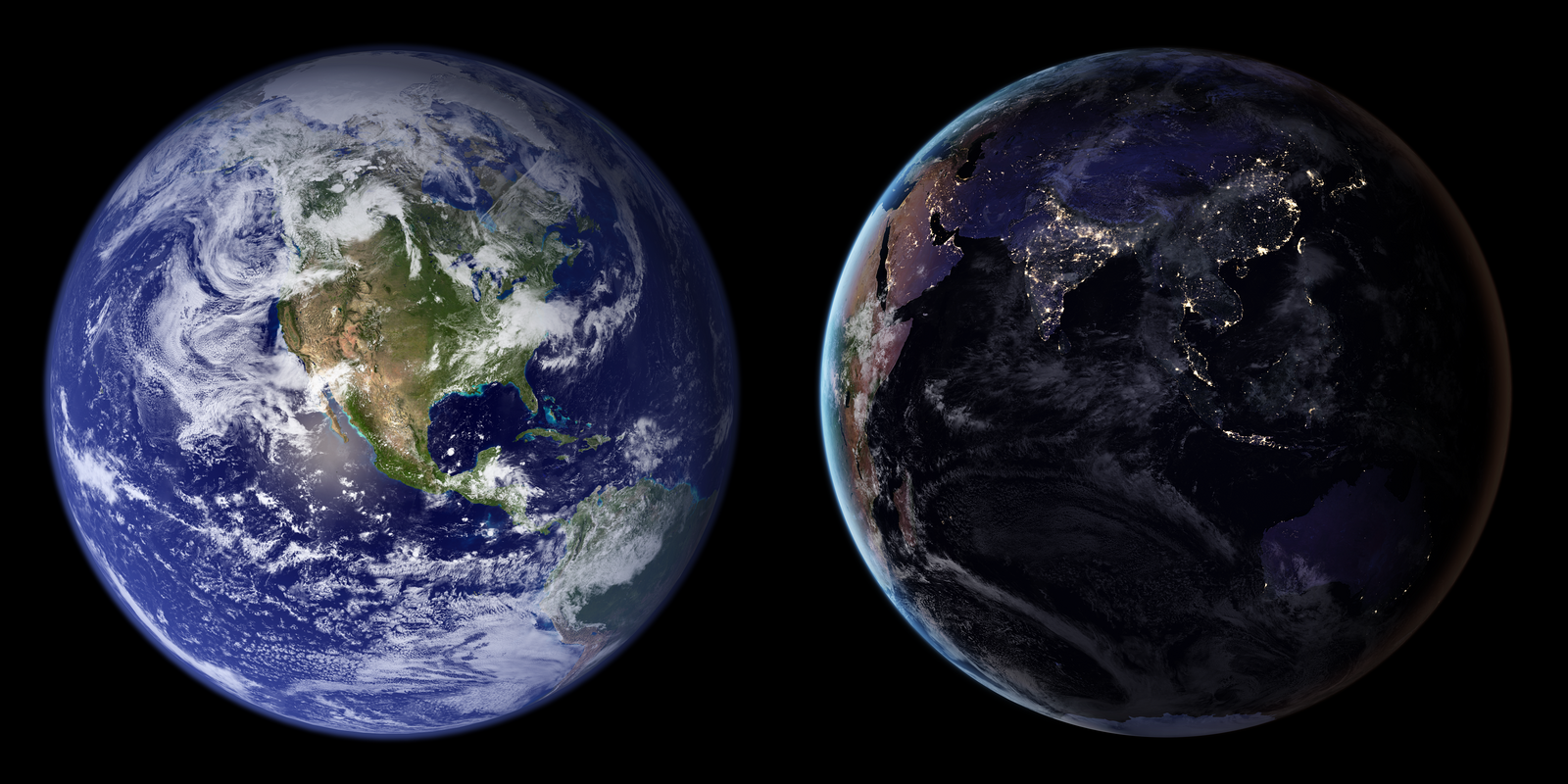The advent of postcolonial theory in the 1970s and 1980s involved the realization that liberal political philosophy was guilty of masking, even erasing, the social and political histories of many peoples around the world. It has also become apparent that not only were political and social histories displaced, but whole environments, ecologies were ruined, deflected, degraded, or exploited. What has emerged to replace that dominant Euro-American white male historical imagination? How have these erasures and displacements been addressed, and by whom? Puerto Ricans, I suggest, have some ideas about this.
In Puerto Rico, the longitudinal event of imperialism involved more groups, motives, and interests than the international corporation-government complex that takes the brunt of the blame. Smallholders, plantation owners, tutelary indigenous communities, and even conservation groups all entered into power-bargaining, with colonial militias being replaced by board members, scientists, anthropologists, and NGOs. The imperial objective has been to increase economic production through the appropriation of another country’s biophysical resource.
The multiple trajectories of human-environment relations in Puerto Rico are not easy to trace, for they are braided histories. They involve a collectivization of powers that cross and re-cross economic, linguistic, and biophysical terrains in the ongoing construction of regional subjectivities. Colonization produces not only commodities such as oil and sugar, but also social relations, minds, values, norms, needs, desires, and indeed, bodies. This we have learned. Like the rest of us, Puerto Ricans think, perceive, act, feel, and develop within the continually evolving, interactive milieu of our shared social world. It creates us and we create it. There is not even a separable “us” and “it.”
Not only is this entanglement shaped by long term patterns of co-evolution, it is also inflected dramatically by sudden short-term events. In the evolution of biopolitical movements, the colonized subject has agency, the framework of colonialism is built together, and an event of extreme significance can change the course of becoming. This is the context within which we may consider the case of Puerto Rico. Let us try, first, to reconstruct the co-creation of subjectivity by means of an imagined example:
In the late-nineteenth century, Gabriela Moreno’s great grandparents farmed in the western highlands of Puerto Rico, just west of Utuado. Poor, mixed-blood peons, they were subsistence farmers, the now-romanticized jibaro. Rice, corn, plantain, green beans, and sweet potatoes surrounded their shack, and a few coffee trees bore heavily in the shade of the plantains. While most of their neighbors cash-cropped coffee, the plant Gabriela’s bisabuelos grew for sale was tobacco, known as the poor man’s crop. Running through the gardens chickens, two or three goats, and always a brood of pigs returned some fertility to the clay soils and provided protein for a family whose increase, according to nineteenth century science writers, could be attributed to the natural fertility of Puerto Rican women.
The gardens required no machinery or capital and had low production costs. Working and feeding their family, the couple formed the nucleus of an extended Moreno settlement consisting, like most mountain coffee haciendas, of a few other huts and other families growing the same crops on the same steep slopes lashed by the same seasonal rains. When the season was good they hired Africans and mestizo day laborers to help. At this time, Spanish rule was less despotic and more liberal.1 There was a life to be had. As a little girl, Gabriela’s great-grandmother chased the chickens for the pot, and waited for something to happen.
By the 1890s, the northern and southern lowlands were mostly sugar. Land-hungry, rapidly industrializing corporate plantations established villages of wage-laborers, of whom there were never enough, with the sugar work being labor intensive. So enslaved Africans were imported. There were a lot of Africans—eighty thousand by the 1890s. Unable to afford large numbers of slaves, the old landowners, such as the Moreno family, became sharecroppers. But even as tobacco held on, the coffee market was changing. South American countries were providing roasts that the US market preferred over the strong Puerto Rican bean. Working for quantity, the large coffee estates felled forest, replaced subsistence crops, and planted the heavy-cropping robusta species in the hills.
When her grandparents came down from the mountains and the US took over from Spain, Gabriela’s father, seven years old, was already laboring on a sugar plantation. The global coffee market had fallen so quickly that his people—highlanders too—had been sucked out of the deep, forested valleys to work in San Juan and Arecibo, the sugar capitals of the north coast plains. Like the coffee adventure, the sugar boom declined as the market diversified and the tariffs came on and tax breaks came off. By World War I the sugar industry in Puerto Rico was pretty much over, and little Gabriela rode to the city on a cart drawn by horses. Her mother brought her thin children to a flimsy shack on the south side of the San Juan finger, in the Puerta de Tierra, where the mangroves grew in thick, still pulp.
Gabriela grew up in an urban shack. By the middle of her teens she was working in the old town, ladling her mother’s old time criollo sauce onto mofongos for visitors to La Forteleza. Gabriela was caught between two futures that were being touted for Puerto Rico. Her hero, the populist politician Luis Muñoz Marín, wanted Puerto Rico to remain with the United States but develop its own “personality.” His adversary, Albizu Campos, was a firebrand who preached struggle as the only antidote to US capitalism. But Gabriela had a tough upbringing. She liked the money tourists and marines brought to the café. She joined the populares (“Bread! Land! Liberty!”) and became a subject of the new American Commonwealth. A citizen. When Muñoz Marín submitted to Operation Bootstrap (“a godsend!”), it was to develop industry, to breed dollars in the arrabal like pigs and chickens, and to send the hardened, moribund old-fashioned agricultural sector packing. Gabriela was ashamed of the overcrowded Puerta de Tierra and desired a better house in a better district. She moved to Santurce first, as part of the postwar slum clearance program, and then got relocated to a public housing project in Condado, a residenciale where she met Francisco, the dealer. Francisco brought money and children. The 1960s meant less draggy work, a small garden courtyard, guns, lots of men around for cards and mofongo, and life in the black market. A Mercedes parked on the street under the ceiba tree. Then Francisco went to jail.
Gabriela got a job in a pharmaceutical company filing records. She was able to send her daughter to the University of Puerto Rico, where she met a red-bearded Irishman in her psychology class. She brought him home. “We’re going to buy the house next door,” Gabriela was told. “They’re really cheap right now.” So they bought a little house with a garage and rehabbed it into a bed and breakfast. Gabriela, now in her sixties, ran it with her dog Jerry while visitors trooped through: Americans, Australians, Germans, Canadians, Clarke, Wendy, Rudy, Jacqueline, Rod … It was good money. Then Irma and Maria visited, making their payments with surge tides and winds.
The United States in Puerto Rico have, since the turn of the twentieth century, been creating producers and consumers alike. The construction of subjectivities is so powerful and pervasive that it is not possible for local identities to be established outside of, and protected from, the global flows of capital and empire.2 And yet, especially in small towns in rural areas, there is a galvanic history of political resistance within the all-consuming apparatus of Puerto Rico’s liberal political economy. Throughout the 1960s and 1970s, obvious environmental degradation, a deteriorating quality of life, and increasing pollution led to the development of geographic and environmental planning as strategies of opposition. A string of activist successes occurred, from halting the mining of copper deposits in the central and western parts of the island to the establishment of the 1980s Casa Pueblo organization, which was developed to lead the citizen movement against proposals for strip-mining. Objections to the proposal for a superport on Mona Island, a designated nature reserve, were extraordinarily effective. Resistance to controversial energy-generating projects throughout the following decades grew as the imperialist, extractivist proposals multiplied. The Cogentrix cogeneration plant proposal in Mayaguez in the late 1980s was stopped, as was a proposal for an incineration and conversion plant in the agricultural Coloso Valley in Aguada. Since 2015, environmental groups have been fighting a similar development in Arecibo, for an incineration and energy plant that would significantly impact soils, water resources, and public health. In the last fifteen years, two major energy transportation projects, the Southern Pipeline and the Northern Pipeline, have faced well-orchestrated opposition.3 On the basis of their successful resistance to environmentally unsound and socially unjust projects, many of Puerto Rico’s environmental organizations have won prizes and awards.
The much-criticized large-scale systems of the global food industry are actually the source of local food security in Puerto Rico. Since eighty percent of the island’s food is imported from the United States, it is a fragile security. Yet the corporate food industry has nonetheless been targeted by environmental activists. The increasing abundance of imported food has caused oversupply, an imbalance of benefits, an ineffective and environmentally problematic waste stream, and a host of illegal corporate entanglements that are difficult to unravel, even if the global collective wanted to. More importantly for the issue of citizenship, borenquinos have become separated from the lands that sustain their social structure.
By 2017, many Puerto Ricans were asking if it was possible to live off the grid? If the political economy of global capital encompasses everything, then ipso facto, you cannot live off the grid. There is nothing external to the decentered and deterritorialized global apparatus that now creates identity and place. This seemed to put Puerto Rico in an awkward position:
Puerto Rico We want you to hand the power back to us.
United States We do not have the power. The power is in the hands of the world financial system to which we all contribute and from which we all benefit.
Then came the significant event. The crisis that resulted from Hurricane Maria awakened a monster. It has been an opportunity to “envision, imagine and rewrite Puerto Rico,” as activist Rosa Clemente describes it.4 What could this new, imagined community be? How do we get there? Is there to be a goal with specific objectives, a strategy? Or are we looking at some other kind of generative reformulation of the conditions of life in Puerto Rico? Will it be like the social protests that have emerged spontaneously in the open-ended space of global activism? Clemente demands more rebellious behavior of her fellow borenquinos, not “scripted protests” or “political theater.” She is assertive and direct. Puerto Ricans in the diaspora, she declares, should come back to Puerto Rico and fight for water. “Water is life.”
Maria “pushed the needle,” Clemente says, and a kind of resubjectification is rapidly occurring. Borenquinos on the ground are reorienting political education and leading in the reconstruction of the collective national narrative. America, they say, wants a Puerto Rico without Puerto Ricans (in order to conduct business unopposed). “They will never do the right thing.”5
Three critical, hyperlinked initiatives are evolving around a new political ecology that existed prior to Maria, but which the hurricane crystallized into a movement with an agenda. Step one: retake the smallholdings and rebuild the agroecological knowledges that drove the pre-American economy. Shift fresh, organic produce to market. This is agency. Step two: connect the agroecological farms scattered around the islands to each other, to form an island-wide coalition. This is building together, creating the collective. Step three: connect the endogenous generation of food security to the struggle for political independence. This is resubjectivization.6
Knowing that political independence does not imply or cause economic independence, these already-active individuals and organizations are, after hurricane Maria, forming a loose network of place-based organizations, farms, and resistance groups. Brigada Solidaria del Oest, for instance, a community initiative self-managed by comrades of different ages, focuses on the development of creative spaces through social struggle. Amigas de MAR, another example, is an environmental organization founded in 1995 with the purpose of protecting Puerto Rico’s natural resources through educational awareness and the reporting of environmental crimes.
These groups include horticulturalists, farmers, university researchers, artists, and political activists. They are attracting the scientific and technical support they need to take advantage of the fruitful capacity of the local soils and to build logistics and infrastructure appropriate for the distribution of their products. A new umbrella collective, JuntaGente, aims to bring diverse organizations together for political action. Its website is a virtual call-to-arms.7 Canny, enthusiastic, ecological entrepreneurs are investigating new ways to turn Puerto Rico’s abundant natural resource into generators not only of food, but of energy and clean water. Their goals are to build a healthy local supply-and-demand economy within the larger context of global markets.
An agriculture-led model of land and labor sovereignty has been advanced for decades by La Organizacíon Boricuá de Agricultura Ecólogica, which is a member of the Climate Justice Alliance. Jesús Vázquez, an ecologist who works for this agroecologica group, says: “We can feed the people with sustainable small-scale practices that do not harm the environment, that promote resilience within the environment and within the community.”8 Organizations like the Brigadia Solidaria, Amigas de MAR, Casa Pueblo in Adjuntas, and the eco-educational Orocova Farm are connecting the land they cultivate to the fight for self-determination. They want to free their country from foreign domination by developing food and energy security.
And they are creating an agricultural renaissance. For the first time in thirty years, Puerto Rican consumers are buying rice, vegetables, plantains, and pineapples produced on the island. Food is being grown and sold locally, keeping the money in Puerto Rico and establishing new networks of plants and skills. Local demand, a renewed focus on farms from local leaders, and increased government incentives are encouraging families to develop their ecological resource base. According to the US Department of Agriculture, more than seventeen hundred new farms have begun operations—lettuces, beans, peppers, herbs and other vegetables are being raised, and coffee production is at a new high.9 Aquaculture and hydroponics are being explored. The physical footprint of Agroponics Cosecha farm, for instance, which is located on a hillside near Caguas, is very small because no land or soil is required to grow product. Instead, the tightly-packed plant roots receive nutrition from a constant flow of water filtered in three large tanks full of tilapia fish.10 All these new production units are supplying to supermarkets, restaurants, and farmers markets—the number of farmers markets tripled from 2012 to 2016.
A collective vision is slowly coming into focus, but there is still a way to go. As these communities connect with each other they begin the transition to an interactive sharing and market economy that can provide goods and services in a way that the foreign investment-driven capital economy of Puerto Rico cannot. But what is this movement cohering around, if anything? I visited biologist Alvia Menendez-Ackerman in her department at the University of Puerto Rico, Piedras, to see if she could tell me how the Puerto Rico government is supporting the agrarian renaissance. She leaned forward in her chair. “In terms of a plan for Puerto Rico, most people are in the dark. There is a lack of transparency from the government, except we can see they still put economic growth first, when it’s really about quality of life.”11 Menendez-Ackerman insisted that it is the “agrarian collectivities” that are organizing to attain independence for the basics such as food, electricity, and water. At these sites of power, or what the United States government would term “critical infrastructure,” the revolution is occurring in Puerto Rico as social and cultural capital is re-made.
Citizenship is not an urban condition. Even the ancient Greeks, with their agoras and townhouses, knew this. The basic geographical unit of Greek life was the deme, a territory which focused on the polis but included both the town and the productive countryside that supplied it with food.12 In the Eclogues Theocritus gave an account of the relationship between the human passions (subjectivity + affect) and the natural world. His Georgics show how those passions can channel natural systems into a specific type of production through labor. Combined, the Eclogues and the Georgics give us the agroecological: landscape and labor. Borenquinos have found a program to make themselves into citizens of their own environment. It’s not a question of localism. The local is a western idea. The reformulation of Puerto Rico’s relationship to the productive ecologies in which it is embedded is an autocatalytic sharing ecology of agriculture that exists inside the democratic model of life. It puts pressure on the neoliberal versions of democracies and citizenship that legitimize extractive and unsustainable resource use and ignore alternative models of organization of human existence.
Shared projects can create a bond among many different people if their differences are respected. We move from individual identity through shared projects to multi-centered forms of governance where citizenship is exercised at diverse levels and in a multiplicity of ways. The Puerto Rican experiment is not a return to subsistence living. Rather, it is a re-articulation of the resource base in a new configuration, as a networked ecology of goods mapped on to the existing market economy, and working within the existing institutional field. By constructing new land use practices and new subjectivities, farmers hope to subvert the existing configurations of power. Through persistence, and the development of well-constructed interventions, a common political ecology can be composed, based on difference and activism, on interaction and negotiation.
Such a project is in no way guaranteed, though. It is crucial that the growth-driven techniques of capitalist production are not re-inscribed in the social ecology of Puerto Rico as a national strategy for decolonization. The machinery of imperialism can never be deployed for anti-imperialist objectives. Moreover, the outcomes of multi-evolutionary, self-generating operations cannot be predicted. Perhaps a strategy that incorporates bifurcations in its schematic planning can develop a robustness, and eagerness even, for unpredictable events. Like rainforests and wetlands, these agroecological systems may just thrive on disturbance. And then, there is a big question of whether the re-articulation of imperial structures of management and control can really be achieved through nothing more than self-organization? While the lesson of the Arab Spring might seem to be “no,” we need not accept that institutionalization is imperative.
Instead of generalizing from these limited examples, we should allow ourselves to become enchanted by their potential. Following Chantal Mouffe, we can say that Puerto Ricans are identifying “nodal points of power” and re-arranging them into new assemblages.13 They are calling on their people (“the multitude”) to be involved at diverse and multiple nodes of production in order to transform them into new geographies of power. They are re-designing their political ecology from within. Is there any other way?
In 1897 the Spanish Queen Regent María Christina signed the Autonomous Charter granting Puerto Rico more self-government than ever before or after. See Jorge Duany, Puerto Rico: What Everyone Needs to Know (Oxford: Oxford University Press, 2017), 40.
Michael Hardt and Antonio Negri, Empire (Cambridge: Harvard University Press, 2000), 32.
Harrison Flores Ortiz, Brief Environmental History of Puerto Rico, February 23, 2016, ➝.
BRIC TV, “Resistance and Puerto Rican Independence with Rosa Clemente | BK Stories,” YouTube, January 3, 2018, ➝.
Ibid.
Badiou said that you do not become a subject until you have a project. Alain Badiou, Being and Event (Continuum, 2007).
See ➝.
Climate Justice Alliance, “Jesus Vázquez, Organización Boricuá de Agricultura Ecólogica de Puerto Rico,” YouTube, June 13, 2018, ➝.
Associated Press, “Puerto Rico Experiences an Agricultural Renaissance,” NBC News, September 28, 2016, ➝. Hurricanes Irma and Maria have dented this revival somewhat.
Alan Yuhas, “Colony, state or independence: Puerto Rico’s status anxiety adds to debt crisis,” The Guardian, July 7, 2015, ➝.
Personal Communication at College of Natural Science, University of Puerto Rico at Piedras, December 29, 2017.
Rod Barnett, Emergence in Landscape Architecture (Abingdon: Routledge: 2013), 136.
Chantal Mouffe, Agonistics: Thinking the World Politically (London: Verso, 2013).
Dimensions of Citizenship is a collaboration between e-flux Architecture and the United States Pavilion of the 16th International Architecture Exhibition at La Biennale di Venezia.

.jpg,1600)
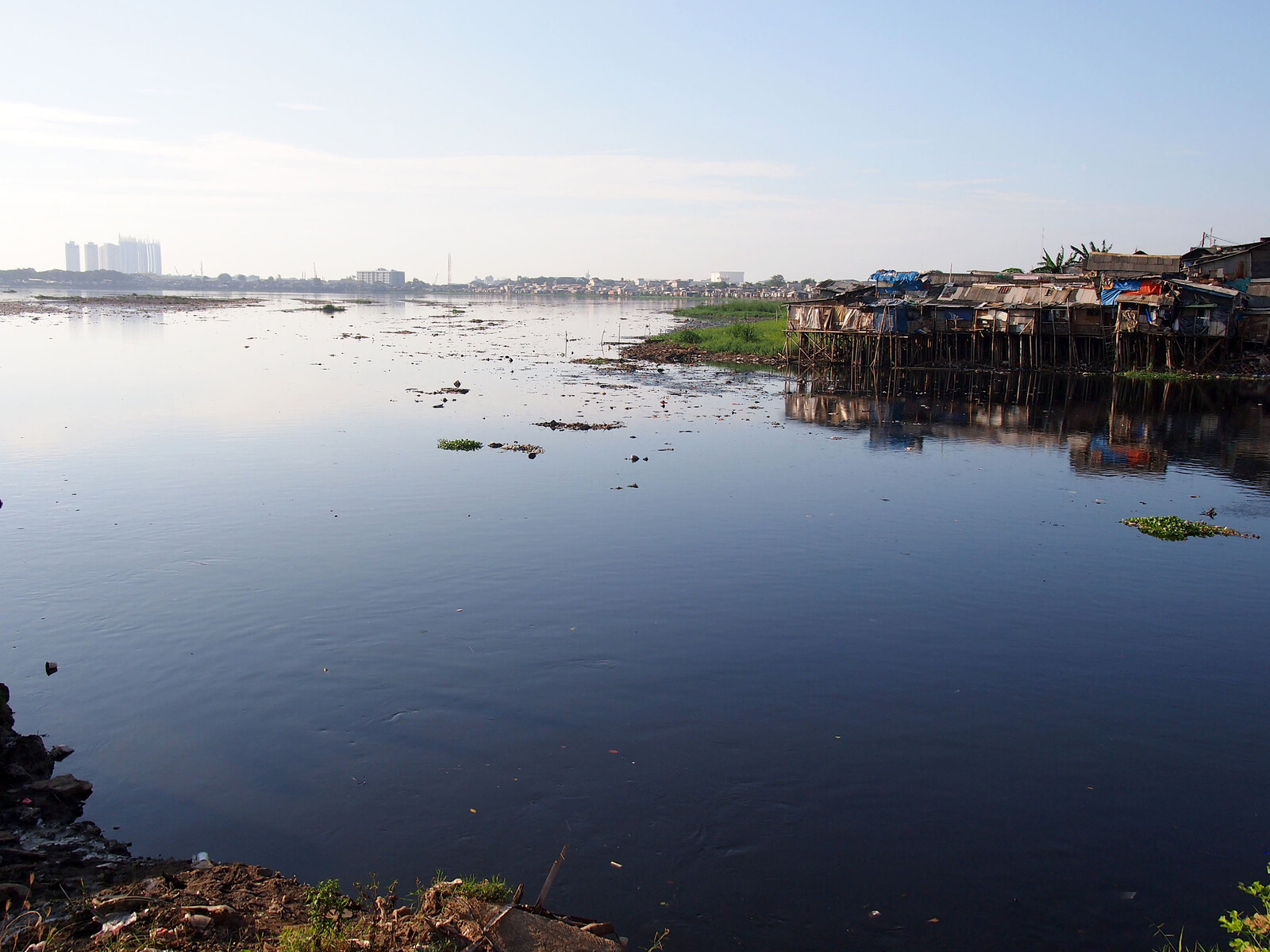
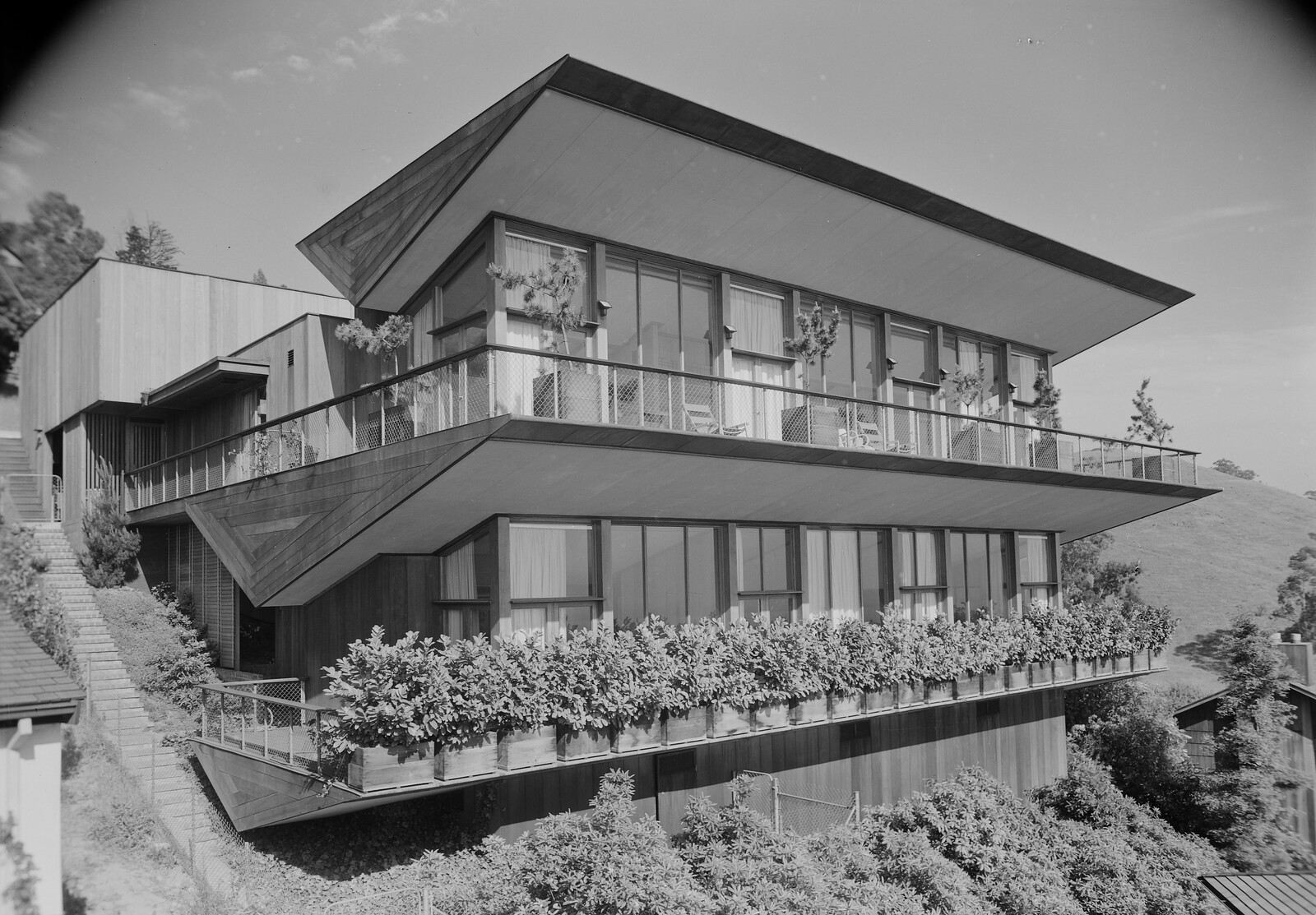
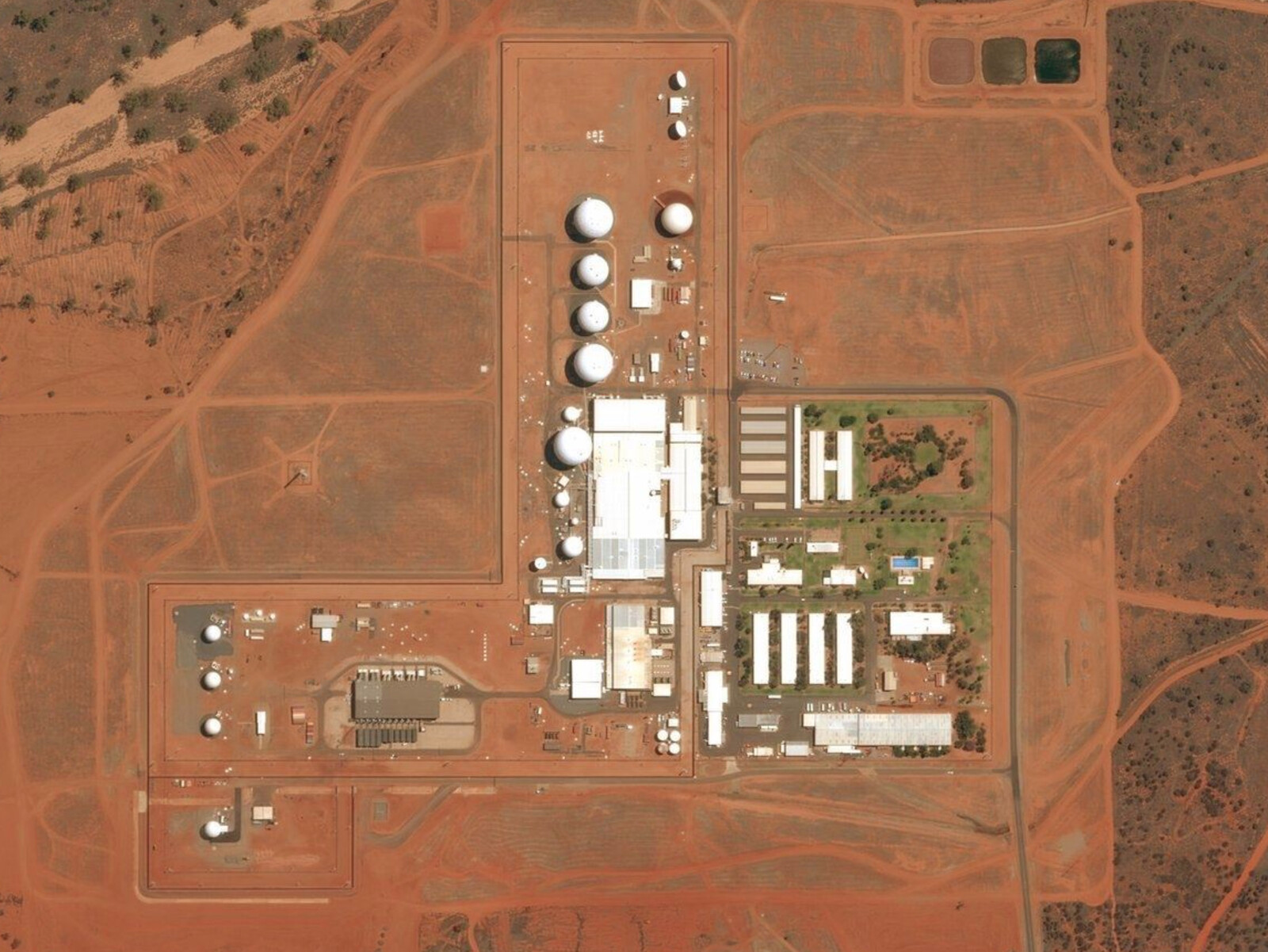
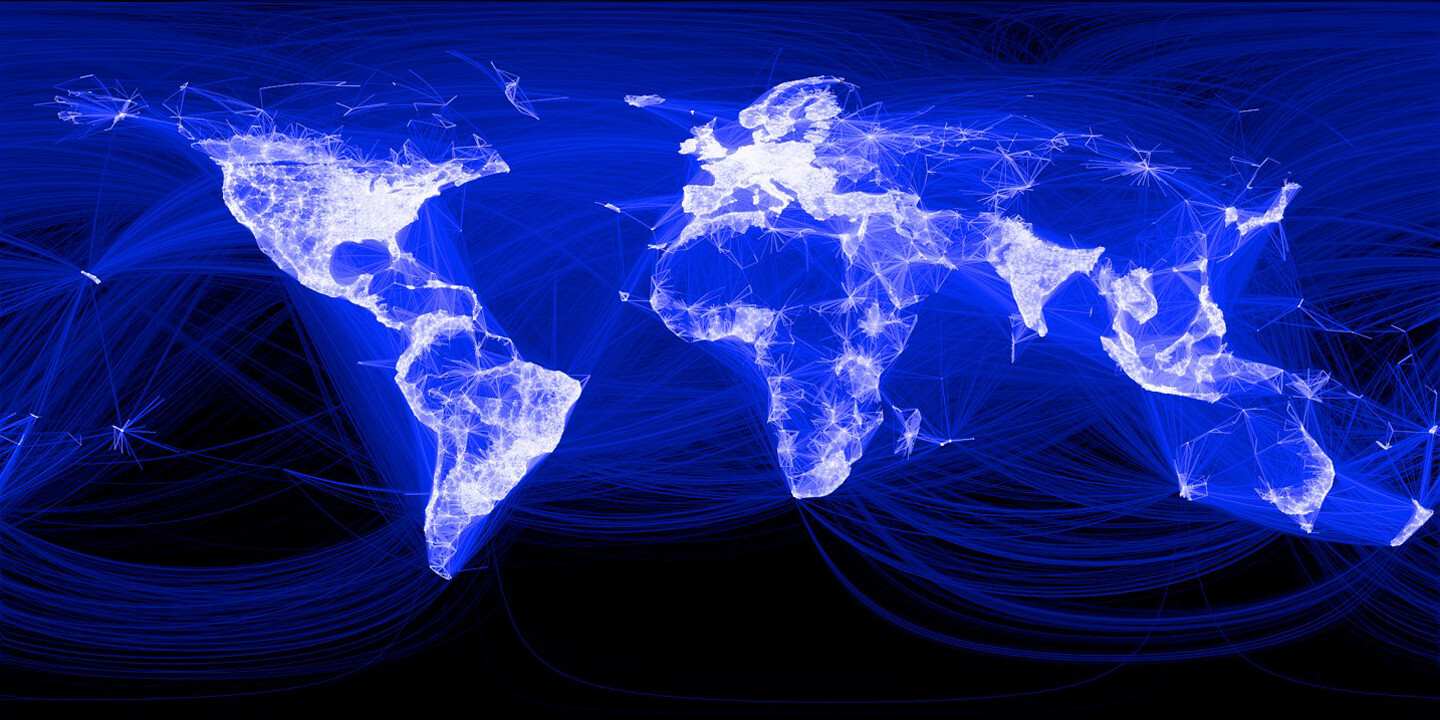
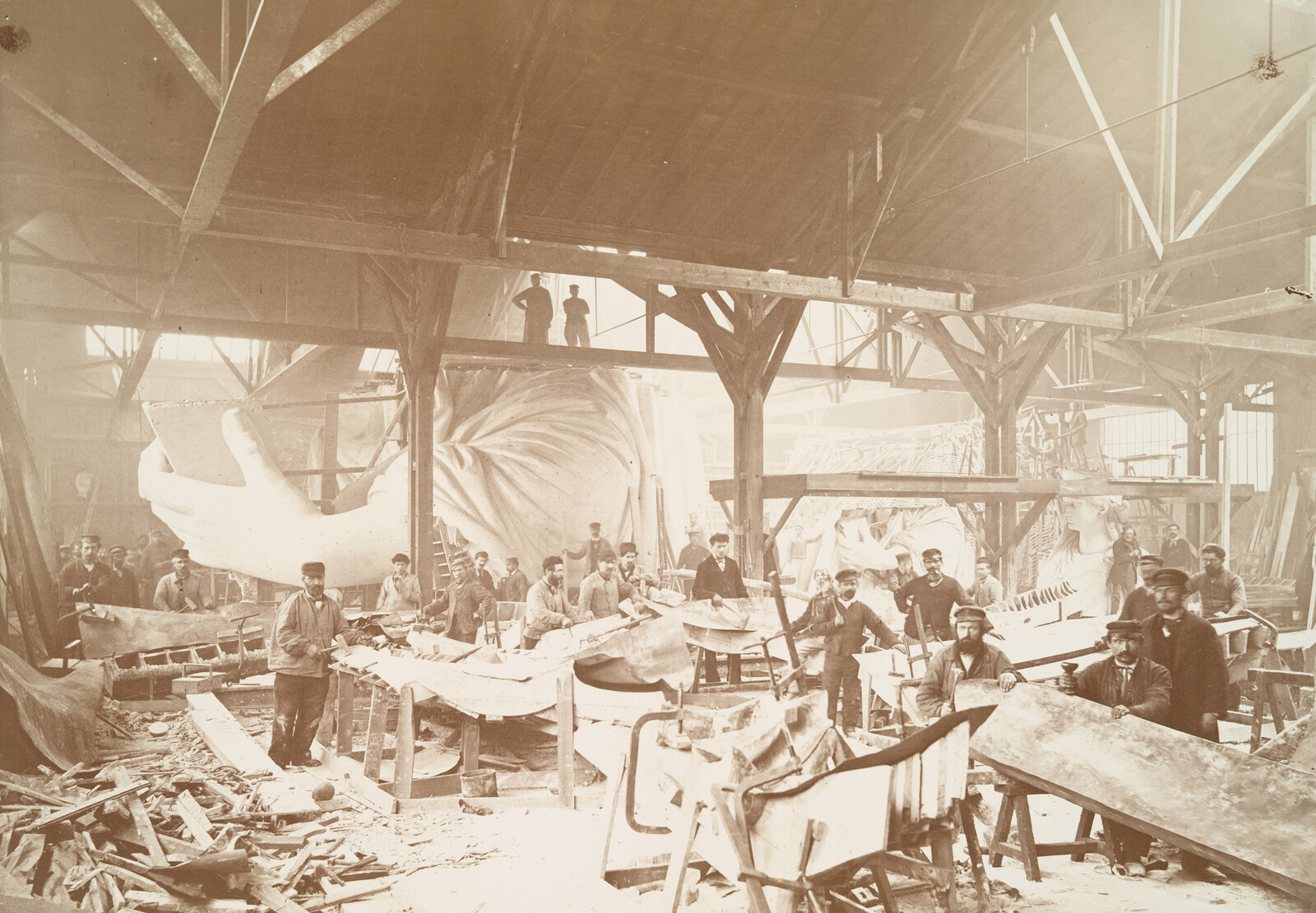
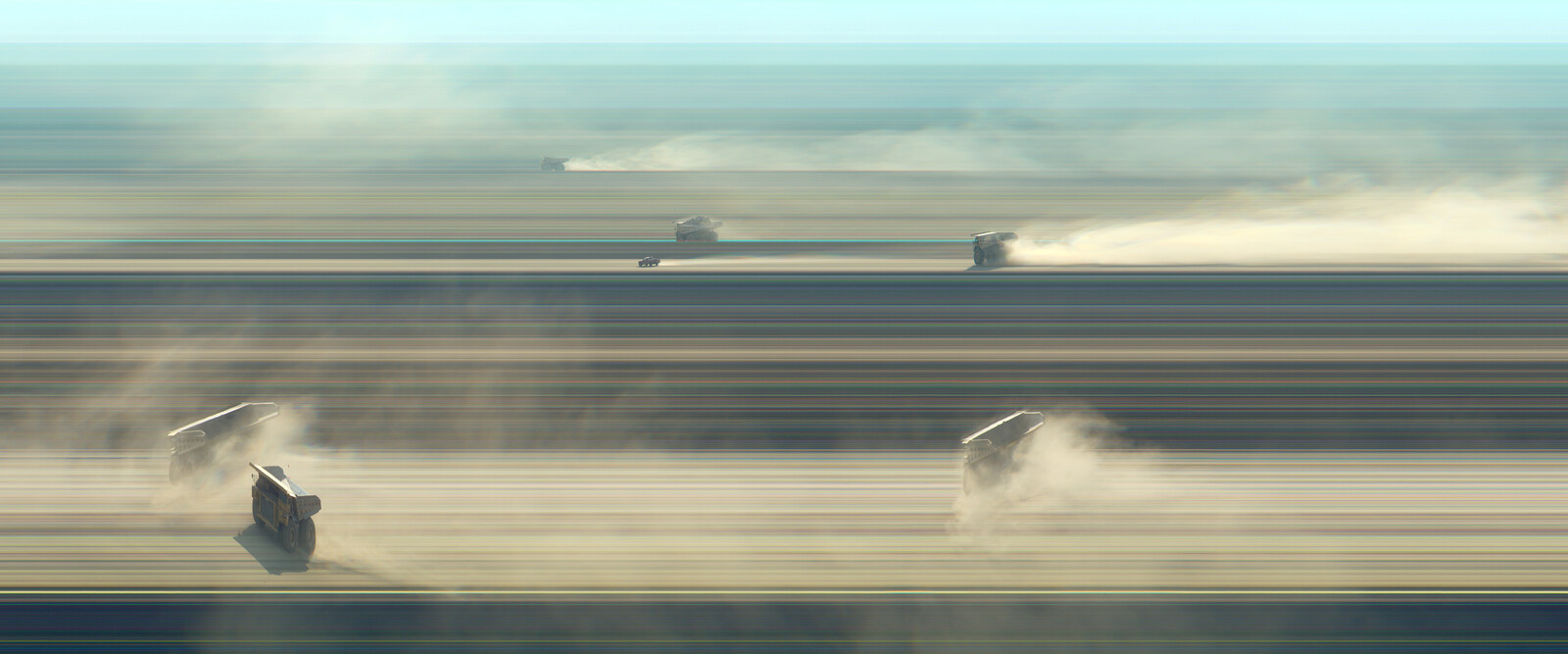
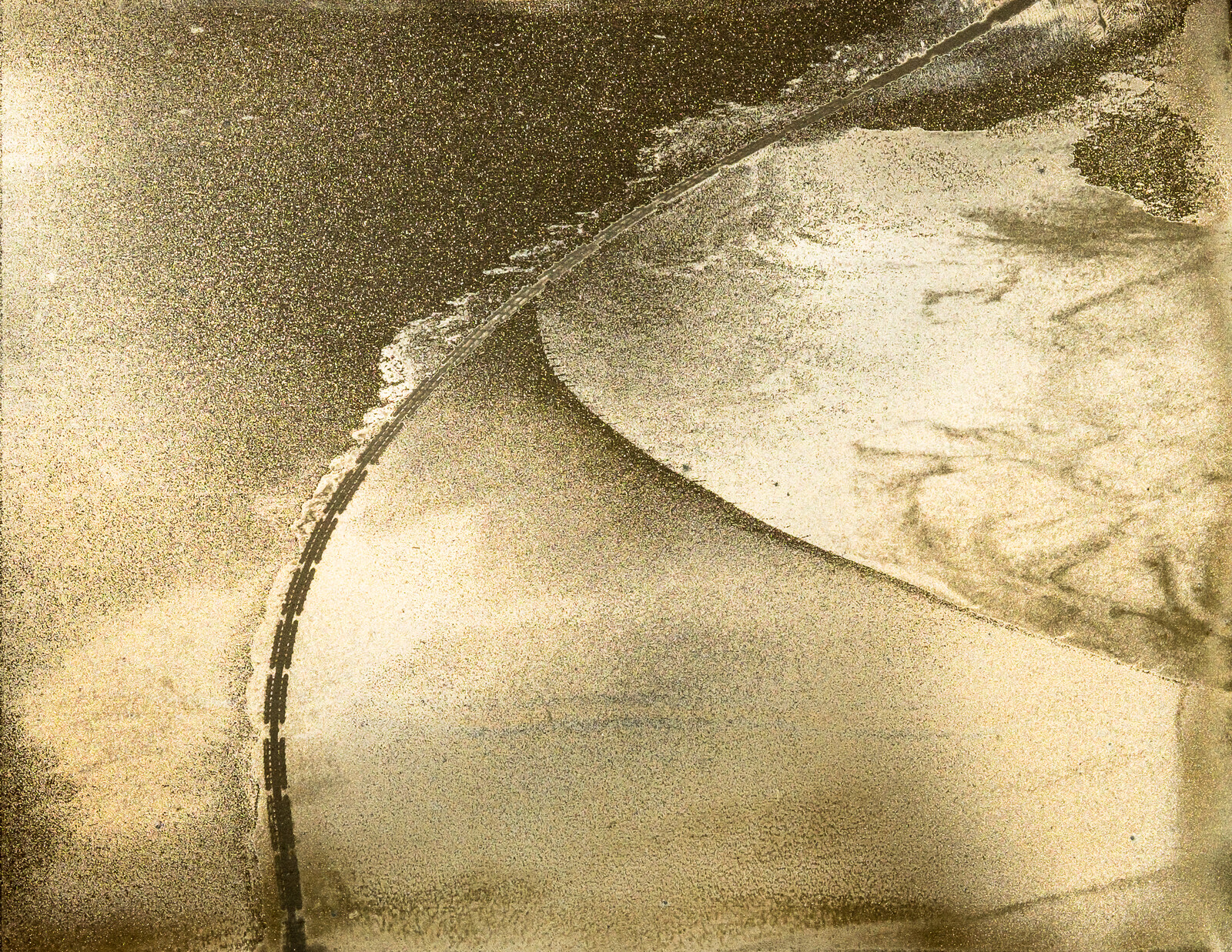
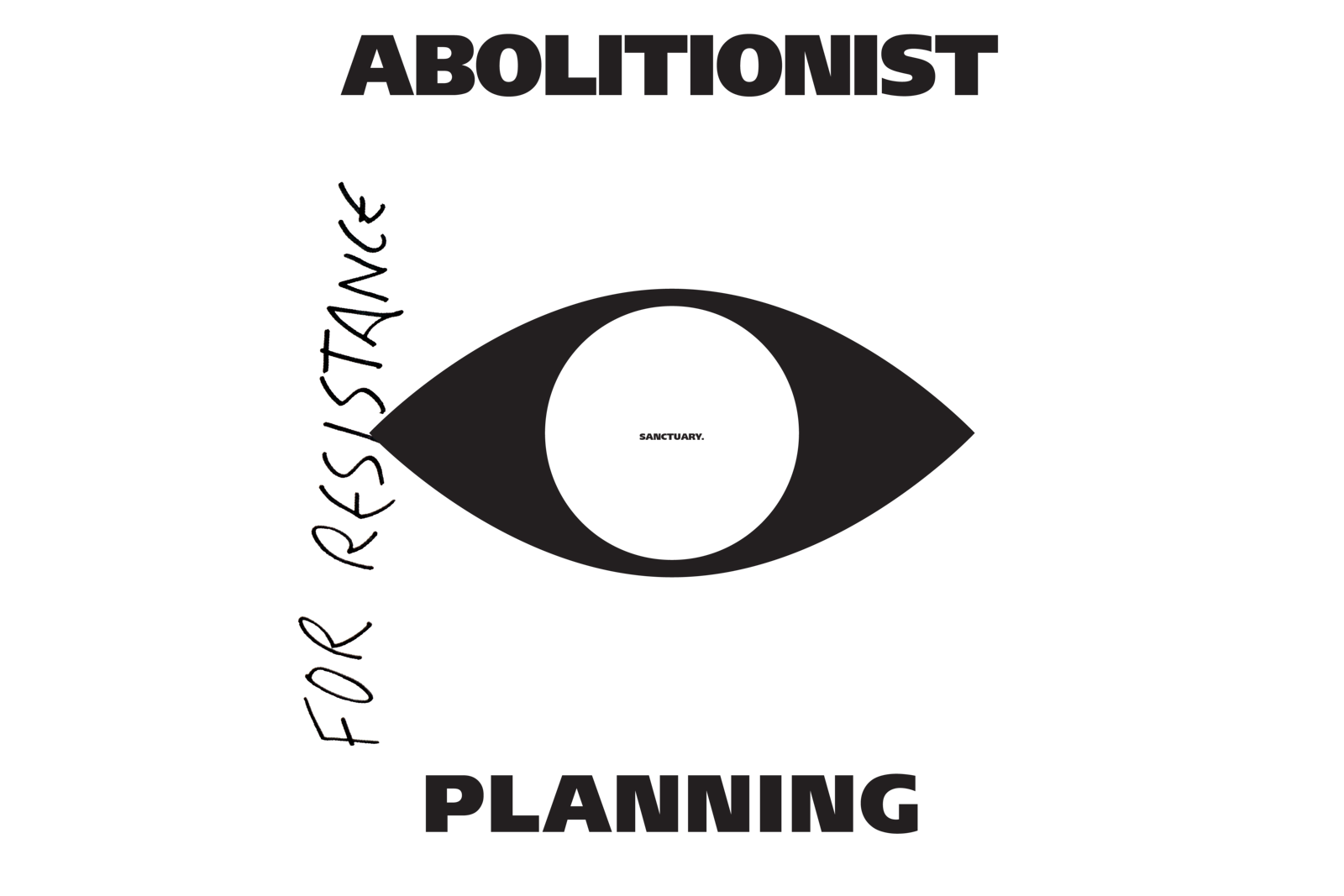
.png,1600)
